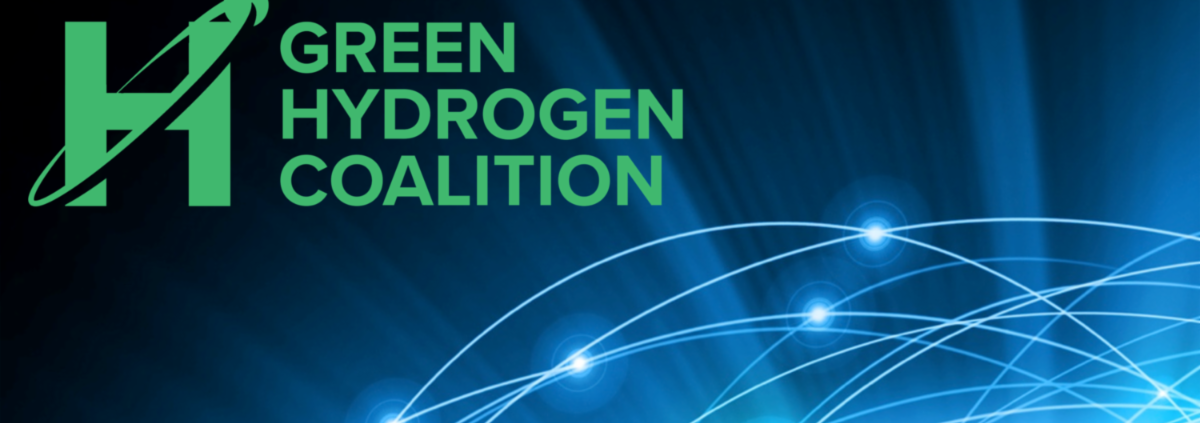
Green Hydrogen in the West
Audio PlayerBy: Ted Flanigan, President of EcoMotion Inc.
In the last issue of EcoNet I reported on green hydrogen and three specific applications… namely its use in planes, trucks, and mining. I thanked the Green Hydrogen Coalition for expanding my brain. Now a follow-up webinar called the Western Case for Green Hydrogen.
It began with a poll. Attendees were asked to note their primary interest in green hydrogen: Energy resilience? Decarbonizing natural gas? Seasonal storage? Transportation fuels? The result: About an even split among these potentials, underscoring the breadth of applications for, and interests in, green hydrogen.
Impressed I was by one single notion: That Utah’s salt caverns could become the western region’s energy storage site. A study commissioned by Mitsubishi Power, and completed by Magnum Energy, found that one salt cavern explored could hold 150 GWh of green hydrogen storage. That’s 100 times the aggregate amount of storage throughout the United States today. Utah can cost effectively serve the region in the storage and delivery of green hydrogen, as well as renewable electricity.
I learn a new word, a German word: dunkelflaute. It refers to the fear, or angst, of having inadequate sunshine or wind to maintain a viable supply of renewable energy. Lost a bit in translation, it speaks to being in a “dark lull” and the anxiety of it all. Dunkelflaute flags the enormous challenge of fully integrating renewables into the grid and getting to 100%. How can we ride through “short periods” of up to 60 minutes without generation (when there’s no sun or wind); “medium periods” that last for a few hours to several days, and “long periods” that can be up to two weeks in cases of very can you buy prednisone online uk unfavorable, and unusual weather. Like insurance policies of any kind, we need to ensure enough power in the worst-case scenario. That spells lots of energy storage.
California is the leading U.S. energy storage market. Most of the capacity in place to date is 4-hour storage, much used for peak clipping. Now we have a new acronym: LDES for Long Duration Energy Storage… defined as storage with 6+ hours of energy. The California shift to a renewable future has already experienced costly curtailments of renewable energy systems… when the sun is shining, the wind is blowing, but the grid can’t take that much capacity. These are the best times to electrolyze water using “excess power” and to create green hydrogen, storing power in the form of hydrogen for later use. Hydrogen can then be called upon to respond to the duck curve by fueling carbon-free peaking capacity, meeting the large ramps in utilities’ net load curve as the sun goes down.
A final webinar question: What is the biggest barrier to hydrogen in the west? Its answer struck me: Getting people to recognize that green hydrogen is a form of energy storage, just like batteries. Furthermore, planning decisions ought not be based on lowest cost form of storage, but highest value storage. Someone who wants the lowest cost watch gets a Timex. Someone who wants to maximize the value of a time piece gets an Apple watch with considerable functionality. Like the Apple watch, hydrogen brings a breadth of applications and benefits. It can be used to decarbonize not only the power sector, but industry, heating, and transportation. And the West is leading the charge.
